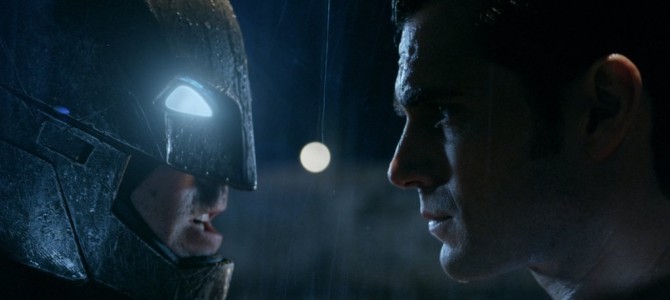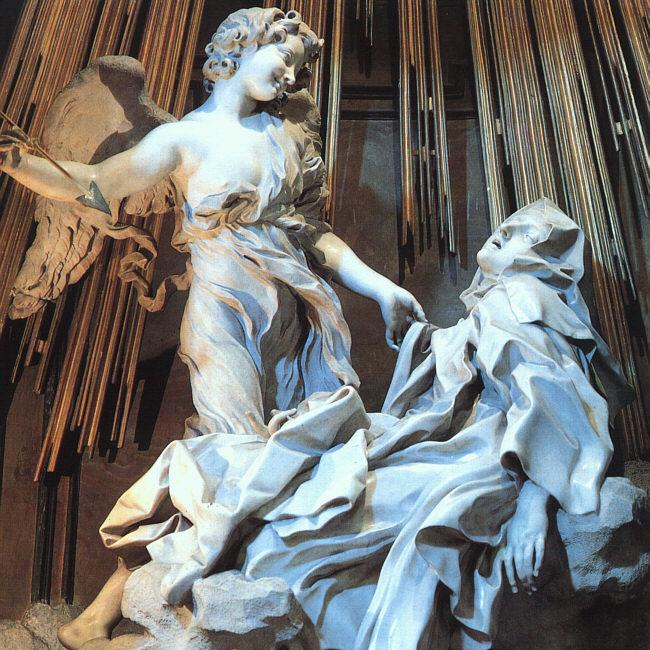
So I sacrificed two free passes at the fancy, new movie theater in town, and an evening when the kids were staying at grandma and grandpa’s (which is much more valuable) in order to take my wife to see “Batman v Superman: Dawn of Justice.”
As we left the theater, she asked me whether it were possible to get PTSD from watching a movie.
Well no, you can’t, thankfully. But the film sure felt like a kind of physical assault, a chaotic and seemingly never-ending barrage of sounds and images, all dialed up to 11, and not held together by a compelling story, interesting dialogue, or any semblance of logic.
Yet I have a feeling that criticizing this kind of movie is going to be a bit like criticizing Donald Trump. It doesn’t have any impact, because the target audience doesn’t really care. This film will still go on to gross half a gazillion dollars, and the studio will give the same people a giant bucket of money to go make another movie exactly like it. So you don’t criticize it because you think you’re going to make a difference. You criticize it as an exercise in upholding your own standards.
The reason nobody cares is that this kind of film is not about the story. Or the dialogue. Or anything making any kind of sense. It’s about punches and explosions and special effects and making things go boom. I burst out laughing the middle of the (mostly empty) theater at a point late in the movie when Superman knocks the big bad guy into one of those massive industrial natural gas tanks, which promptly explodes in a giant ball of flame, causing four or five neighboring tanks to explode as well. Because one ginormous explosion just wouldn’t be enough.
This isn’t just about one film. Special effects have taken over Hollywood blockbusters at the expense of everything else. Whether one movie’s storyline is more disjointed than another’s is just a matter of degree.
I have described elsewhere the economic imperative driving this. Hollywood is desperately trying to get you to stop sitting at home on your couch and streaming Netflix on your big-screen HDTV. It feels the need to create something that’s all about big noises and big visuals and big fight scenes and splashy special effects that have to be watched on the big screen, on IMAX, or in 3-D. So the studios put all of their emphasis on that, and who cares about the story?
This is the standard approach now, across the board. Because my kids just finished reading “The Hobbit,” I finally got around to checking out the Peter Jackson film trilogy. To my surprise, I found that Jackson slapped together exactly the kind of thoughtless Hollywood adaptation he didn’t do with Lord of the Rings. He threw out much of Tolkien’s story and substituted his own plotlines that hew slavishly to the formulas for a Hollywood CGI action film blockbuster — all so he could stitch together a lot of bloated, comically unrealistic action scenes driven by computer-generated special effects.
The imperative here isn’t just economic. It has to do with the spirit of our age, and it’s not good.
The current era reminds me in some respects of the Baroque period of Renaissance art. Earlier Renaissance artists like Da Vinci and Michelangelo had broken through every technical barrier and learned how to create stunningly realistic art. Those who came afterward concluded that they could do anything. They could carve stone to make it look like pillows, flowing hair and tree bark, a veil, or a head of snakes. Whatever they wanted. But while the ideal of the early Renaissance had been a sense of order, balance, and harmony, in the Baroque the special effects took over, and artists competed on how they could pile up these effects, more and bigger and crazier.
The driving force behind this was an attempt to subordinate reason to a kind of frenzied emotion. Another big institution that was afraid of losing its central role in the culture — the church, not Hollywood — found itself competing with the exciting new ideas and art of the Renaissance Humanists. So they said, in effect: if you want excitement, we’ll give you excitement. We’ll make David, the simple shepherd boy, look like Bruce Jenner (back when Bruce Jenner still looked like Bruce Jenner). Or we’ll design a building where the columns swirl upward in corkscrew twists, as if the very building itself is writhing. And we’ll adorn the heck out of everything, on the assumption that more is always better.
The motto of the Baroque might as well have been the only memorable line from one of the lesser Batman films: “Was that over the top? I can never tell.”
Gian Lorenzo Bernini — the sculptor and architect responsible for a lot of this — thought that the role of art was to promote a powerfully emotional, ecstatic form of religious belief. Literally ecstatic, as he illustrated in The Ecstasy of St. Teresa.

If this still seems tame by today’s standards, that’s because we’ve taken the same approach to an extreme undreamed of in earlier eras. We seem to have entered the Baroque era of American film. In the realm of the big blockbusters, special effects and frenzied action have overwhelmed any sense of narrative, psychological realism, or logical cause and effect. It’s not that these films are merely unintellectual or undemanding. Not every film has to stretch the intellect, comic-book superhero films least of all. But to watch your average contemporary blockbuster, you have to actively shut down your brain. You have to turn off that critical part of you that says, “Wait a minute, would somebody really say or do that? Is that even possible?”
This is different from the suspension of disbelief. Suspension of disbelief asks you to accept a certain limited number of things that you know are false or improbable. The Harry Potter series, for example, asks you to accept that magic is real. But it still maintains a sense of logic and consistency within the rules of its own universe. You still have to remember the Five Principal Exceptions to Gamp’s Law of Elemental Transfiguration. But for the special-effects-driven Baroque blockbuster, even internal consistency is dispensable.
And the cultural impact is worrying. These films depend on the notion that the essence of the movie-watching experience is to sit down, shut off your brain, and let somebody loudly and crudely manipulate your emotions for two hours. Which is pretty much what a Trump campaign rally is like. You see the problem? Trump is going after that exact same movie audience, which has been trained in the movie theater to take in information by feeling and reacting at the expense of thinking.
There are certainly better blockbusters being made, and there will always be an audience for bread and circuses. But just as the cultural pendulum eventually swung back from the Baroque to the Neoclassical, and order and reason and harmony came back into style, so our era needs more emphasis on reason and thinking and making sense, both in entertainment and in politics.
Follow Robert on Twitter.









